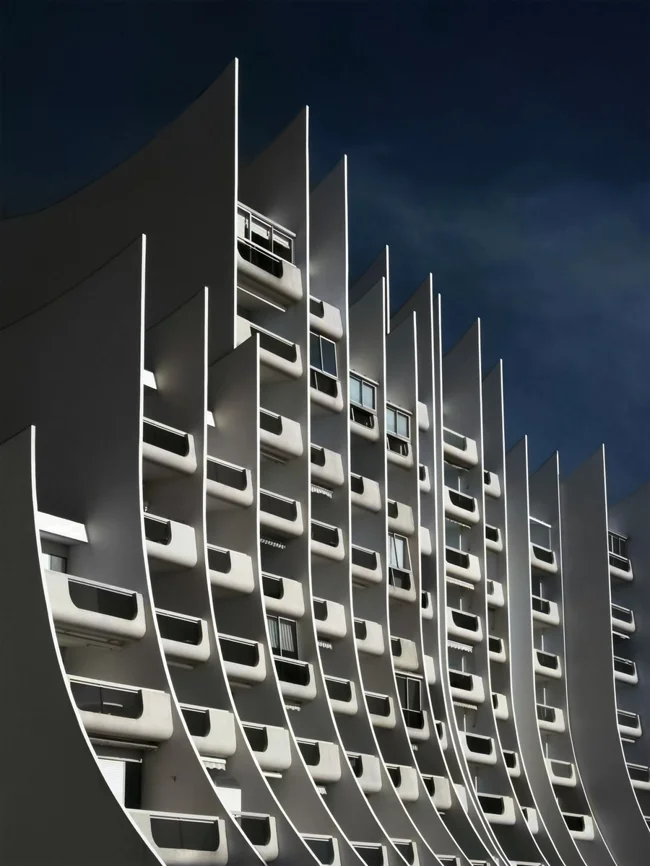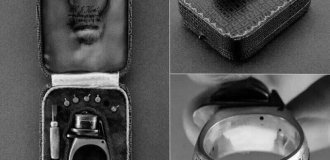Architectural selection of interesting buildings from around the world built in the 19th-20th centuries (21 photos)
I present to you a section dedicated to interesting architectural structures and buildings from around the world. 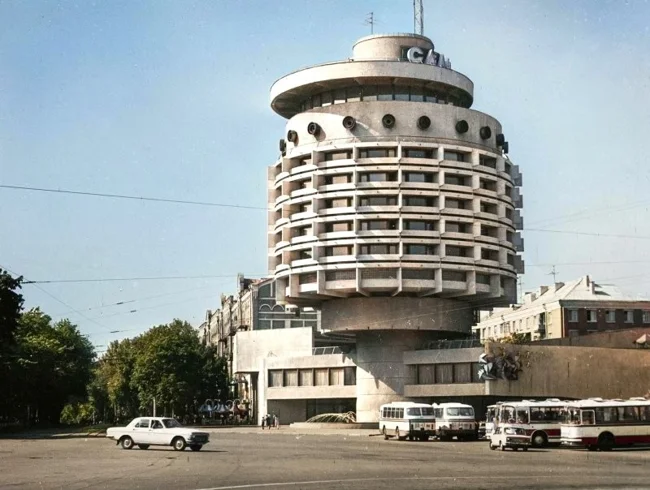
Tbilisi Funicular, 1950s.
The Tbilisi Funicular was opened on December 25, 1958. Its construction began as part of a program to modernize the city's infrastructure to improve access to historic areas on the hills. The funicular replaced an earlier lifting system, a cable car, which was less convenient and efficient. The photo shows the open terrace of the upper station of the funicular. Now there is a restaurant there. 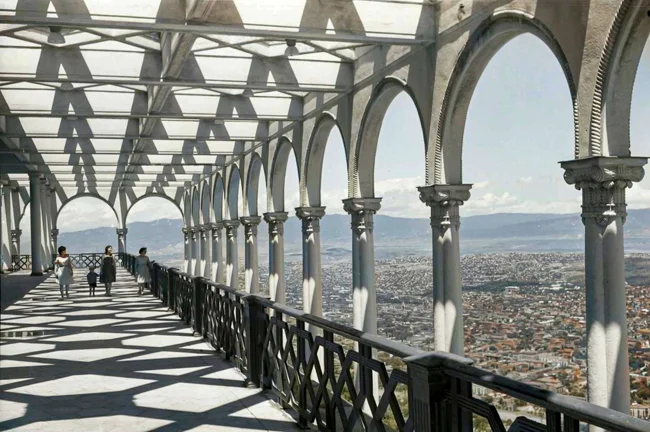
Photographer: Erwin Volkow
Original view of the North Elbe Bridge in Hamburg. Germany, 1887-1959.
Originally, the New Elbrücke featured two neo-Gothic towers before they were torn down during the bridge expansion in 1959. Today, there is almost nothing left of the beautiful bridge and it looks rather sad. 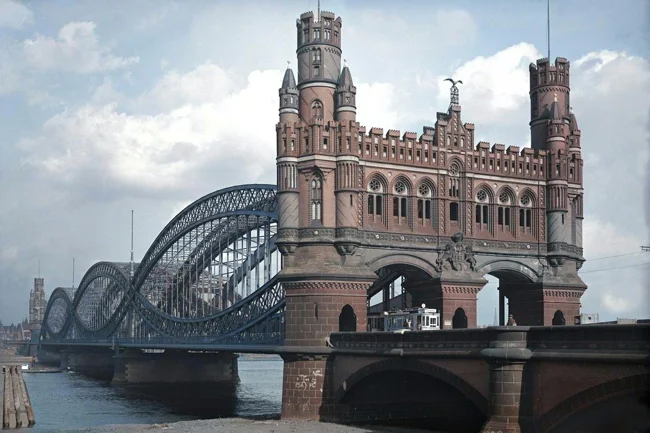
The Youth House is a now defunct hotel and multi-story architectural complex in Yerevan, 1970s.
The Youth House in Yerevan was opened in 1970, as part of a larger program to develop social infrastructure in the Soviet Union. The building was designed in the style of Soviet modernism, reflecting the architectural trends of the time. It was located in the heart of the city, making it accessible to a large number of young people.
It was popularly called the corncob. Because of its resemblance to a corn cob. It was declared unsafe and demolished in 2006. 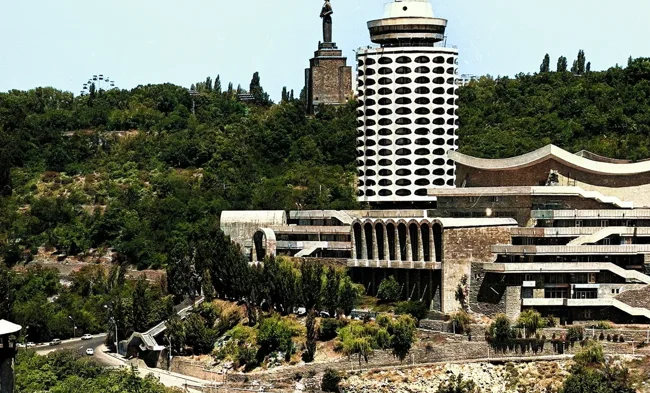
State Capital Bank, Oklahoma City, 1962. 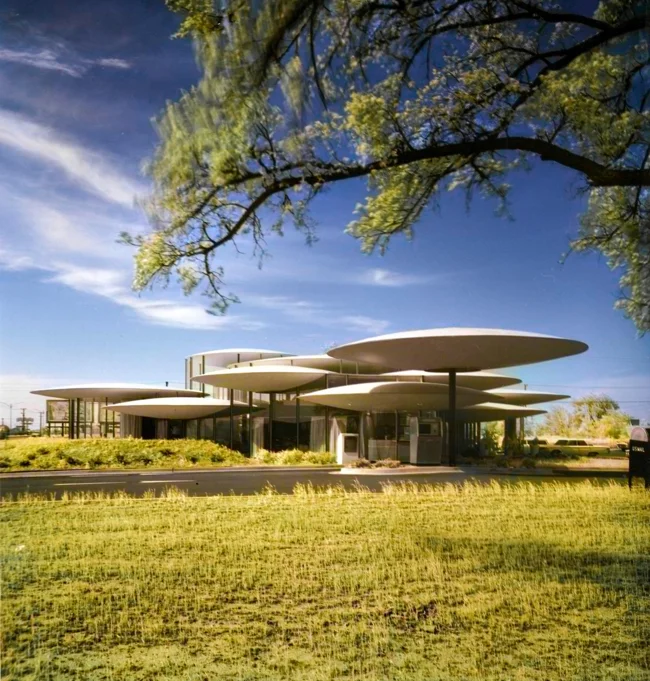
Designed by architect Robert B. Roloff.
New residential area on Traktornaya Street. Leningrad, 1928.
Today, the houses built on Traktornaya Street in 1928 continue to be used as residential buildings. Some of them have retained their original features, while others have been reconstructed or modernized. 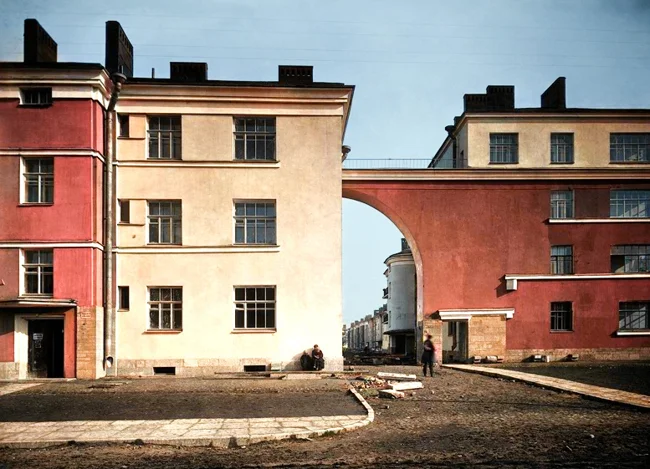
Grand Central Station, New York, 1929. It is no longer possible to take such a photo, as the skyscrapers outside block the sun's rays. The architects tried, calculated, designed, so that it would be beautiful... 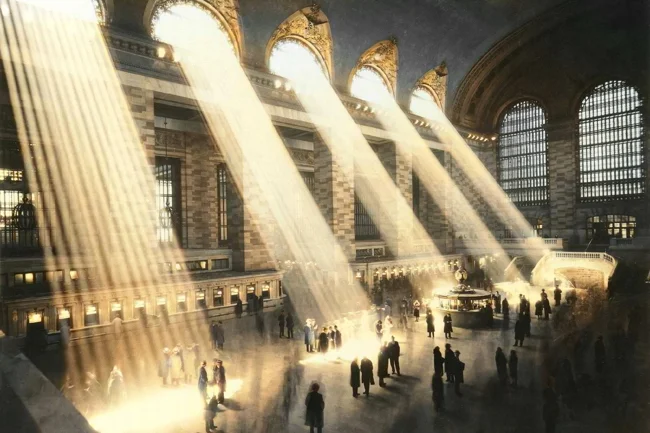
The Writers' House on Lake Sevan, Armenia 1960-80s. Architecture "Soviet modernism with elements of futuristic aesthetics". A magnificent creation of Soviet modernism, designed by the brilliant Gevorg Kochar on behalf of Stalin (it was built after his death). Today, the building is abandoned, as is the work, only its dilapidated appearance reminding us of the previously existing developed civilization of Soviet people. 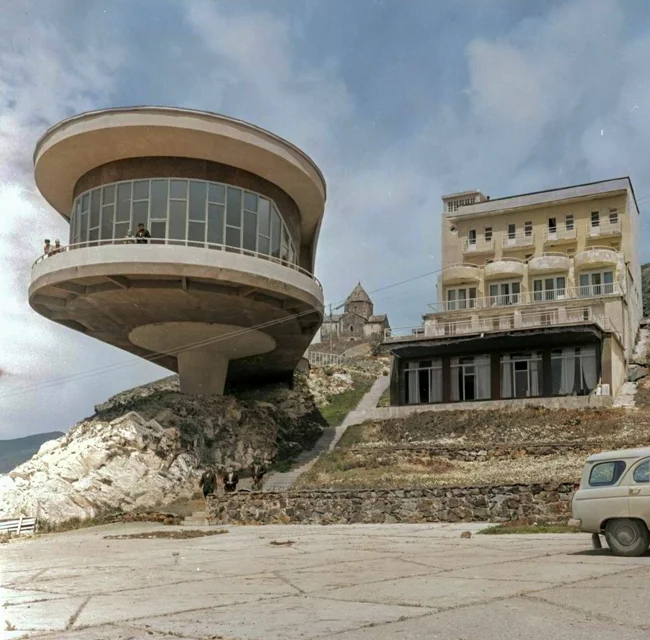
Pavilion at the Expo 67 exhibition, Montreal. 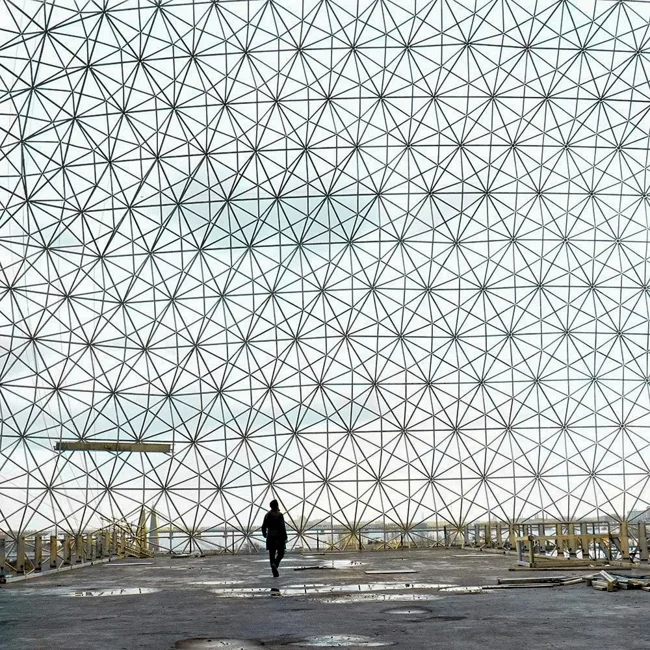
Air terminal. Sheremetyevo Airport. Moscow Region, Khimki, 1970s. 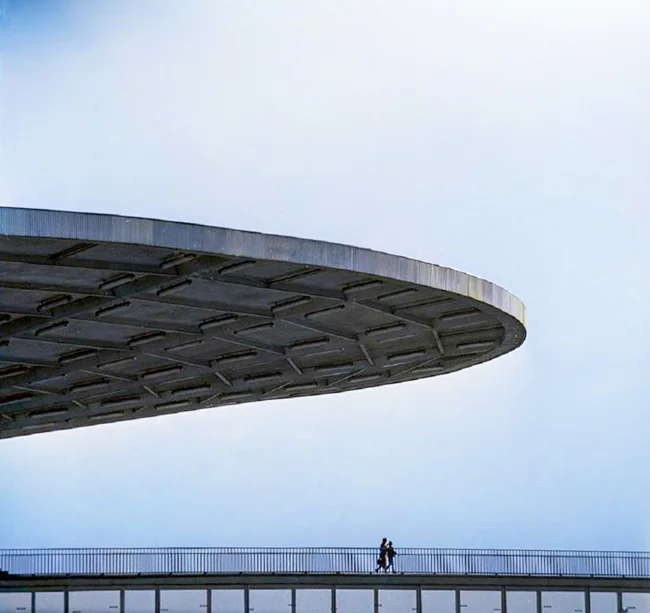
Photographer: Boris Kosarev
American minimalist house, Los Angeles, 1964. 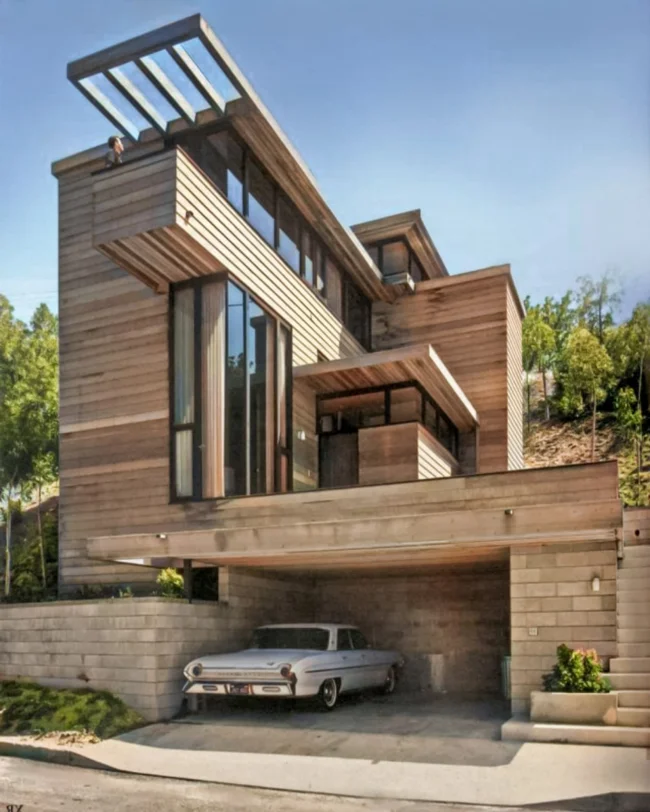
Square of Glory. Hotel "Salut". Kyiv, 1987. 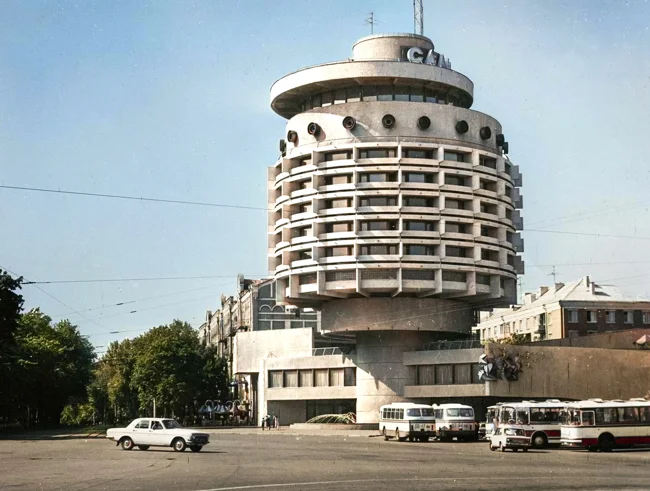
Photographer: O.Ranchukov
Louis Kahn - Phillips Exeter Academy Library, New Hampshire, USA, 1970s. 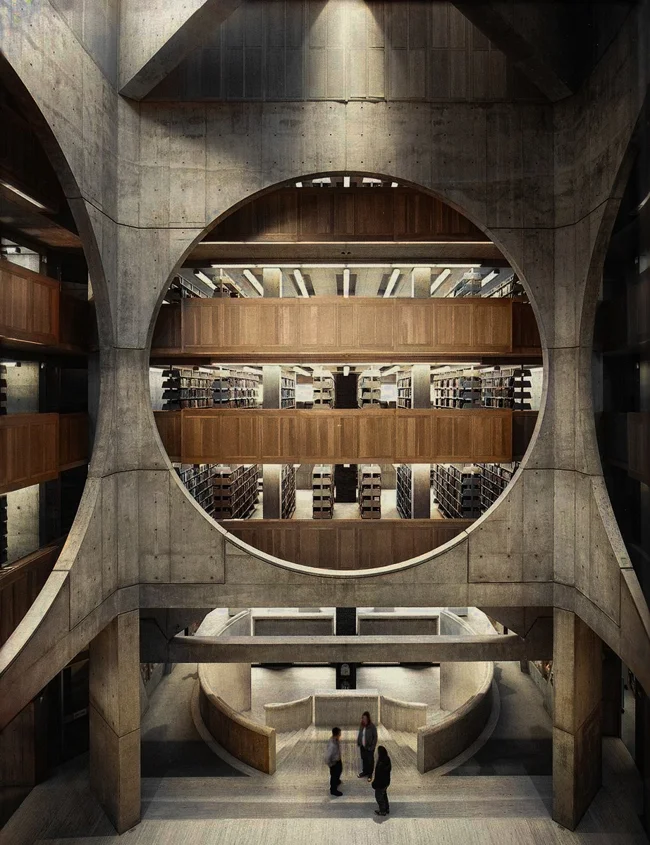
House of Konstantin Melnikov. Moscow, 1927.
In 1927, Konstantin Melnikov received permission to build his own house on a plot of land provided to him by the state. The architect saw this project as an opportunity to realize his ideas about modern housing, combining functionality, space saving and innovative solutions. The house was completed in 1929 and immediately attracted attention as an example of advanced architecture.
One of the most noticeable features of the house is its windows, staggered across the entire facade. These "honeycombs" create a unique play of light inside the room and provide natural ventilation. 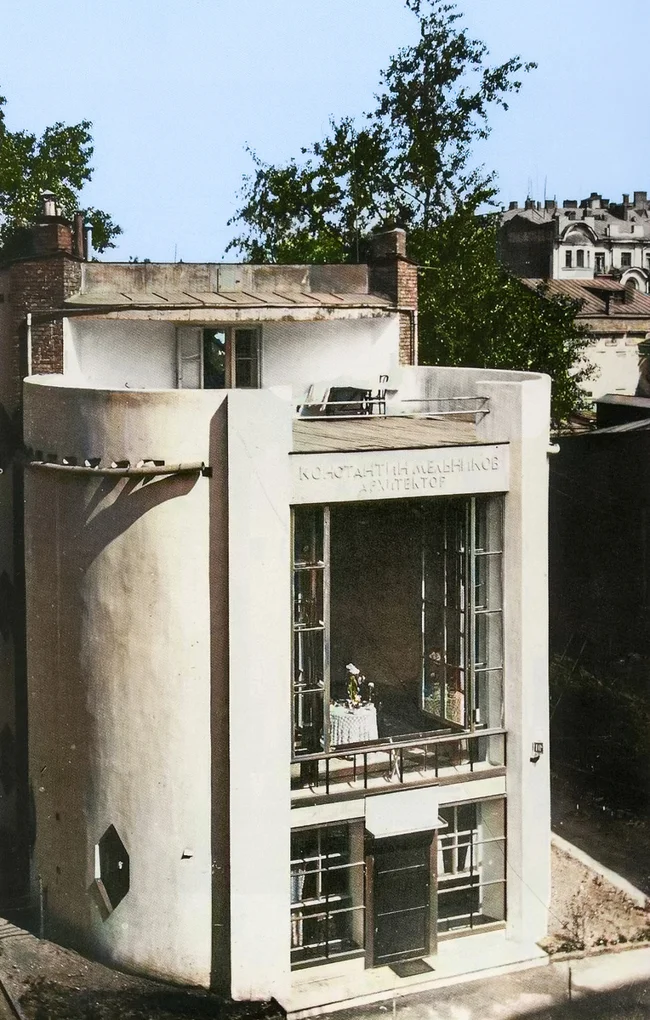
Trans World Airlines Information Desk. Idlewild Airport, New York, 1958 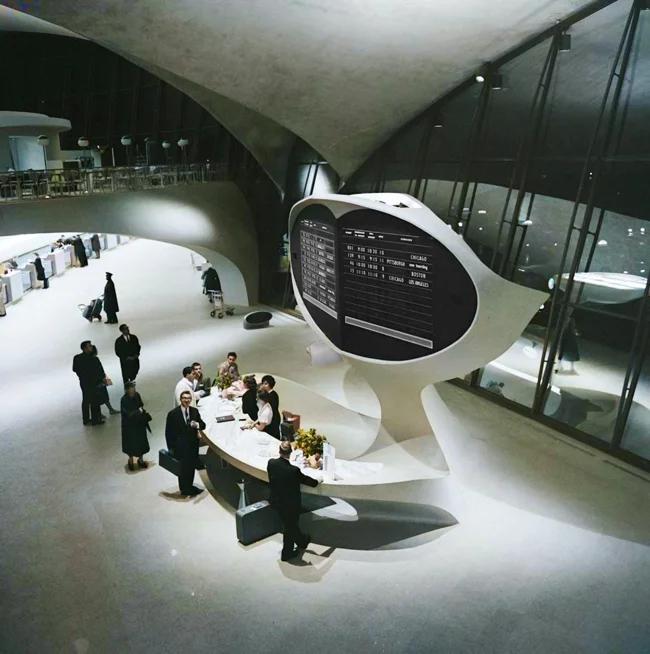
Santa Maria Immacolata Church. Bergamo, Italy, 1966. 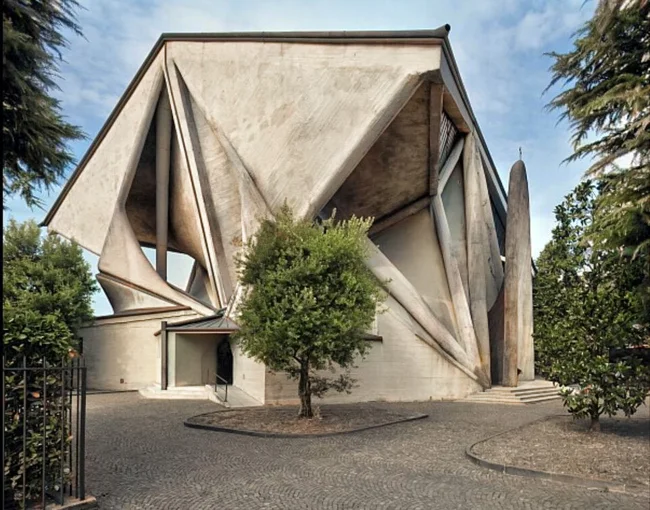
View of the Iset Hotel. Sverdlovsk, 1959 – 1963. 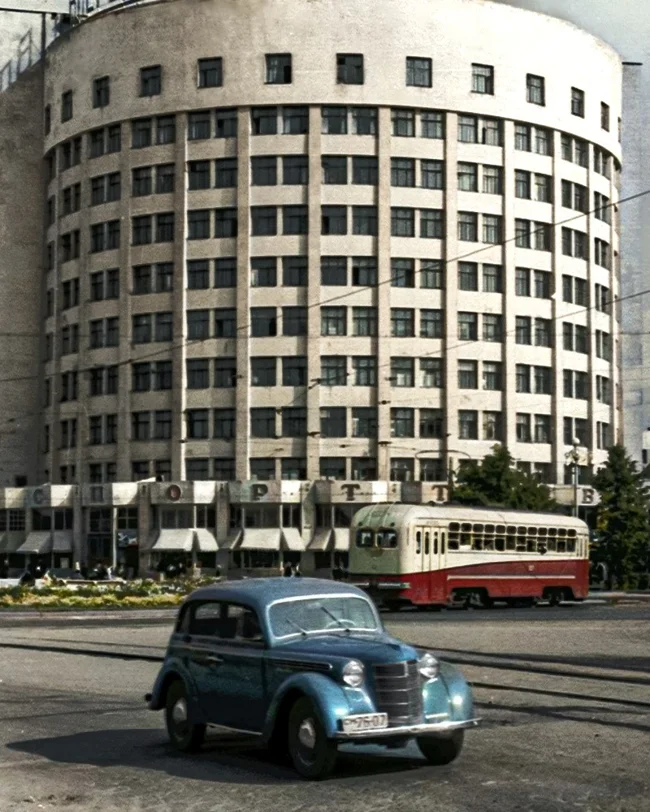
A mansion on a cliff in San Francisco before it was destroyed by fire in 1907.
The Cliff House is a historic restaurant in San Francisco, located on a cliff off Ocean Beach. Its history began in 1858, when the first modest pavilion for tourists was built. In 1896, Mayor Adolph Sutro transformed it into a luxury resort with swimming pools, a museum, and entertainment (the "Sutro Baths"). In 1907, the original building burned down, but Sutro's daughter, Emma Merritt, rebuilt it in a neoclassical style. After several renovations, the most recent of which was in 2003-2004, Cliff House today is a modern restaurant with panoramic ocean views, while retaining its historic atmosphere. It was also the setting for Jack London's novel The Scarlet Plague. 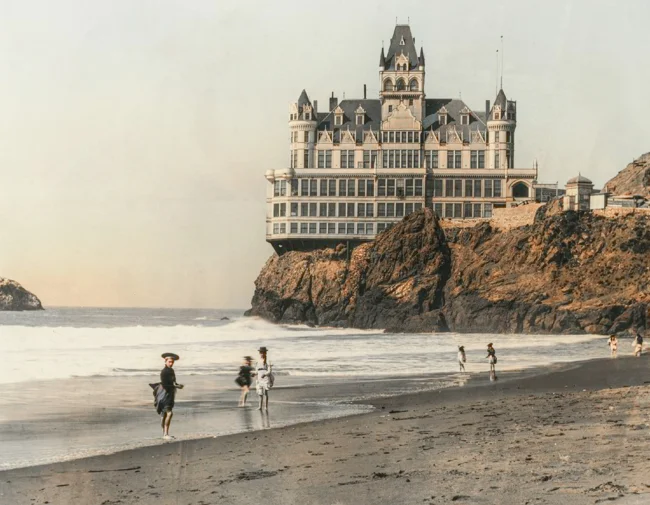
Parachute tower in Gorky Central Park of Culture and Leisure. Moscow, 1939.
Not exactly architecture, but a very interesting structure. In the summer of 1929, a 35-meter spiral descent tower was built in the park, with visitors sliding down on mats. And in the 1930s it was converted into a parachuting simulator. Anyone could descend from the tower. 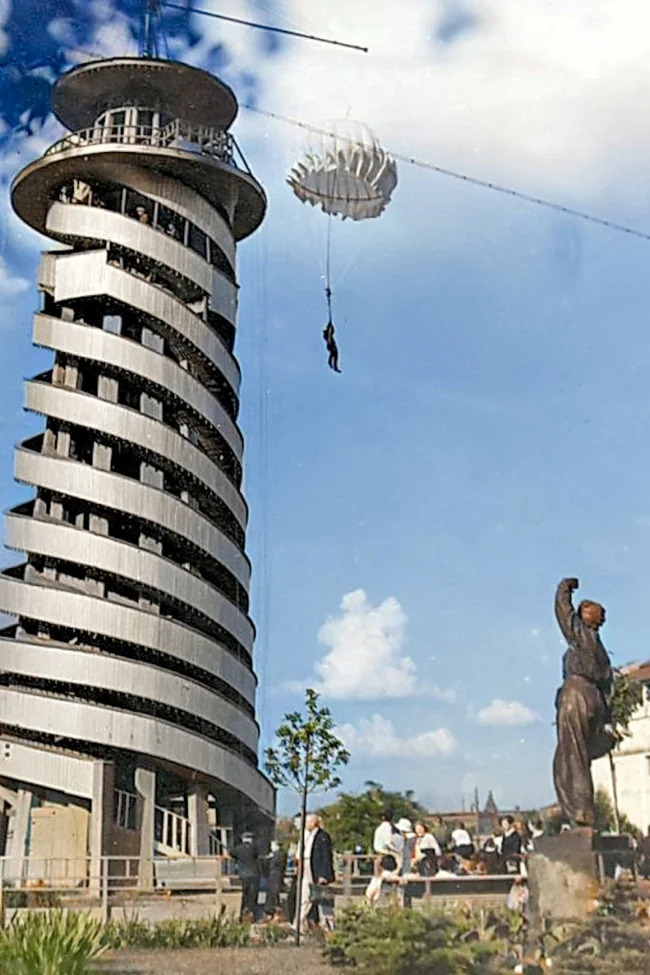
Modernist house in Budapest, Hungary, designed by Jozef Fischer, 1934. 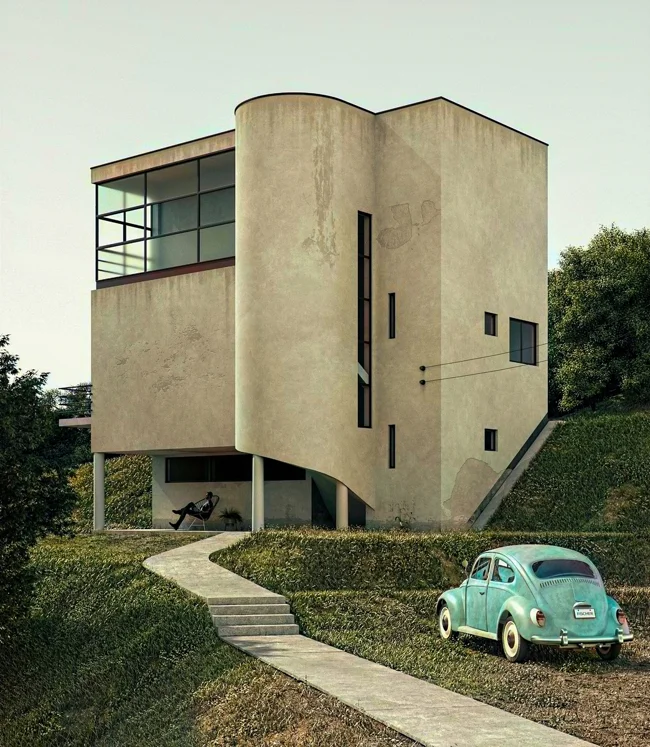
Wave-shaped building "L'immeuble En Vague" in Brittany, France, 1970s. Designed by architect Pierre Doucet. 